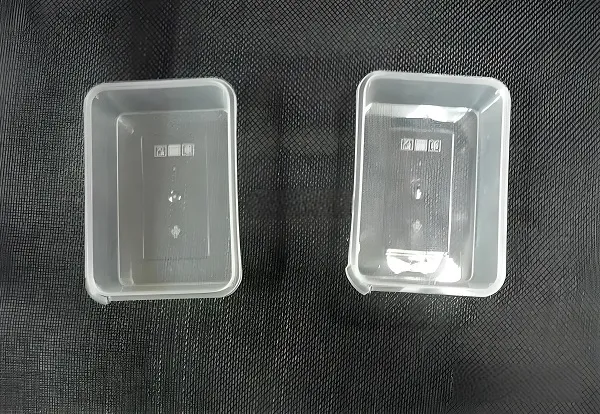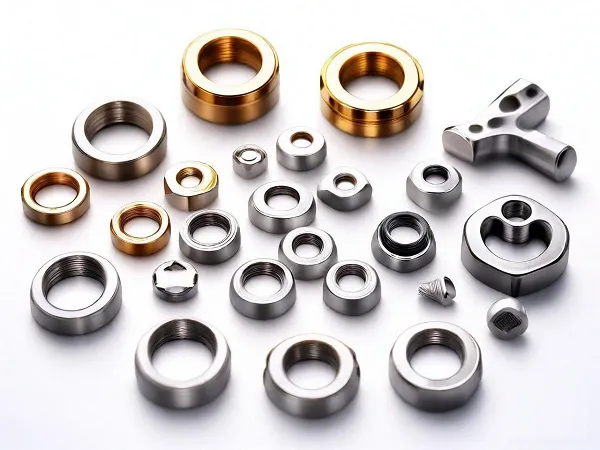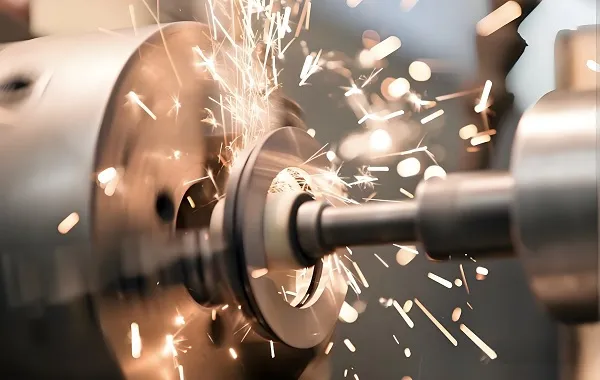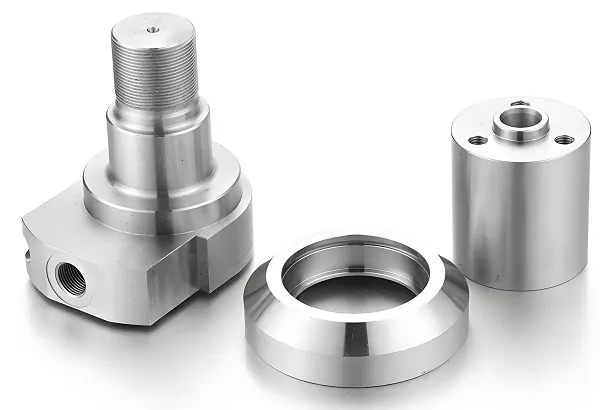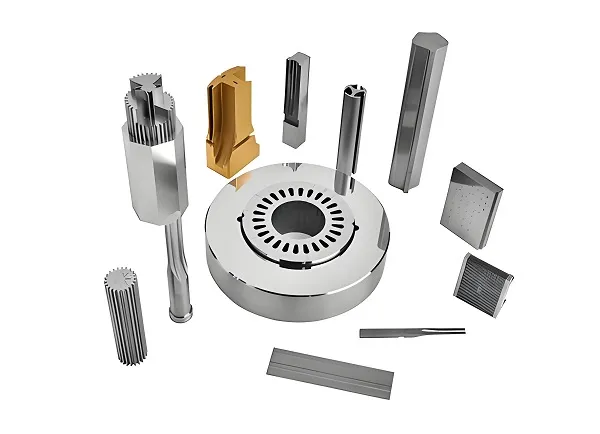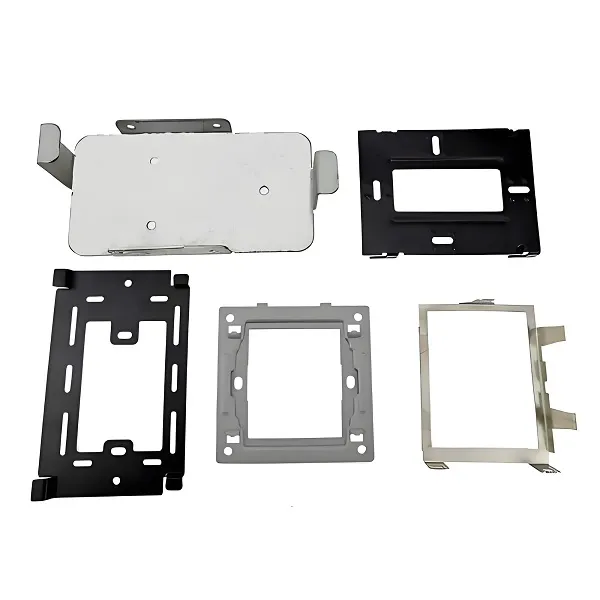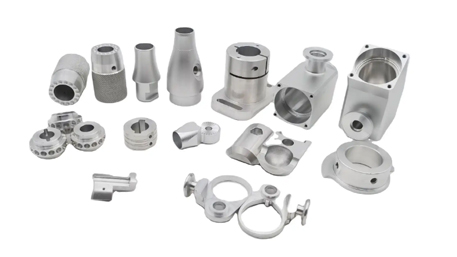
1. Technical Advantages Beyond Conventional Machining
- 5-Axis Supremacy: Modern CNC systems achieve ±0.005mm positioning accuracy on complex geometries (e.g., drone frames with 15° undercut angles) through synchronized A/B-axis rotations.
- Material Versatility: From aerospace-grade aluminum (6061-T6, 310 MPa yield strength) to PEEK polymers (140°C thermal stability), CNC handles 200+ materials.
- Hybrid Workflows: Integrates 3D scanning (Italian optical systems) with CAM software to reduce programming time by 40% compared to manual G-code generation.
2. Mission-Critical Applications
- Automotive: Turbocharger housings machined from 356 aluminum with 0.8μm Ra surface finish, ensuring 20% better heat dissipation.
- Medical: Surgical instrument prototypes completed in 72 hours using Swiss-type lathes (0.1mm micro-tools).
- Energy: Wind turbine gearbox components with 50CrMo4 steel, hardened to 55 HRC for 20-year fatigue life.
3. Cost-Optimization Strategies
- Nesting Algorithms: Reduce aluminum waste by 18% through AI-driven material layout optimization (Xometry’s proprietary software).
- Toolpath Intelligence: Adaptive feed rates decrease machining time by 25% for titanium parts (e.g., Grade 5 Ti aircraft brackets).
- Post-Processing Synergy: Combine CNC with waterjet cutting to lower per-part costs by $12.50 for batch quantities over 500.
4. Design for Manufacturability (DFM)
- Wall Thickness Rules: Minimum 0.8mm for aluminum, 1.5mm for stainless steel to prevent tool deflection.
- Radii Optimization: Internal corners require ≥1/3× tool diameter (e.g., 3mm radius for 10mm endmill).
- Threading Protocols: Unified (UN) threads preferred over metric for North American markets to reduce taps inventory.
5. Quality Assurance Paradigms
- In-Process Monitoring: Vibration sensors detect tool wear with 92% accuracy, triggering automatic replacement.
- Post-Machining Tests: Salt spray testing (500+ hours per ASTM B117) and CMM validation (ISO 10360-2 compliant).
- Traceability Systems: QR code tracking from raw material (e.g., 7075-T651 aluminum billet) to finished part.
6. Emerging Technological Frontiers
- AI-Powered Defect Prediction: Reduces scrap rate by 33% through thermal deformation modeling.
- Blockchain Documentation: Immutable records of machining parameters for AS9100D aerospace compliance.
- Sustainable Machining: Minimum Quantity Lubrication (MQL) cuts coolant usage by 95% in magnesium part production.
7. Global Supply Chain Dynamics
- Lead Time Benchmarks: North America (5-7 days), Asia (10-12 days), Europe (8-9 days) for 100-piece aluminum orders.
- Tariff Mitigation: Localized production in Mexico saves 16.5% vs. China imports for US automotive clients.
- Dual-Sourcing Models: 60% base volume in Vietnam + 40% in Poland balances cost and geopolitical risks.
CNC Customization FAQ
Q: How to reduce costs for small-batch prototyping?
A: Implement sacrificial tooling plates to machine 6+ parts simultaneously (validated by Protolabs’ batch algorithms).
Q: What’s the optimal tolerance for moving parts?
A: ±0.025mm for gears/pivots vs. ±0.1mm for structural components (per ISO 2768-mK).
Q: Which materials suit high-vibration environments?
A: 17-4 PH stainless steel (H900 condition) with 1,100 MPa tensile strength outperforms 6061 aluminum.
This synthesis integrates technical specifications from leading manufacturers, academic machining principles, and global supply chain best practices to provide actionable insights for engineers and procurement specialists.

